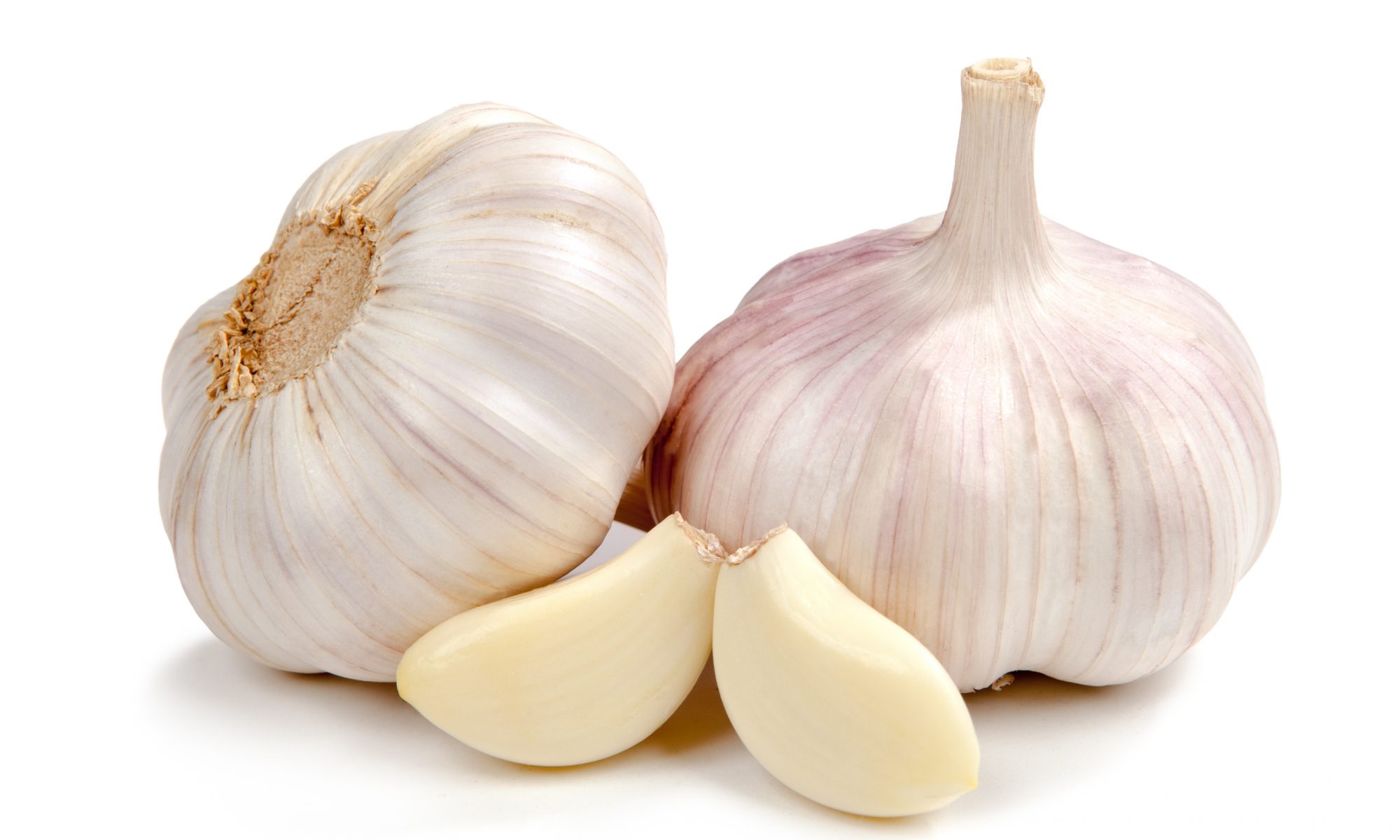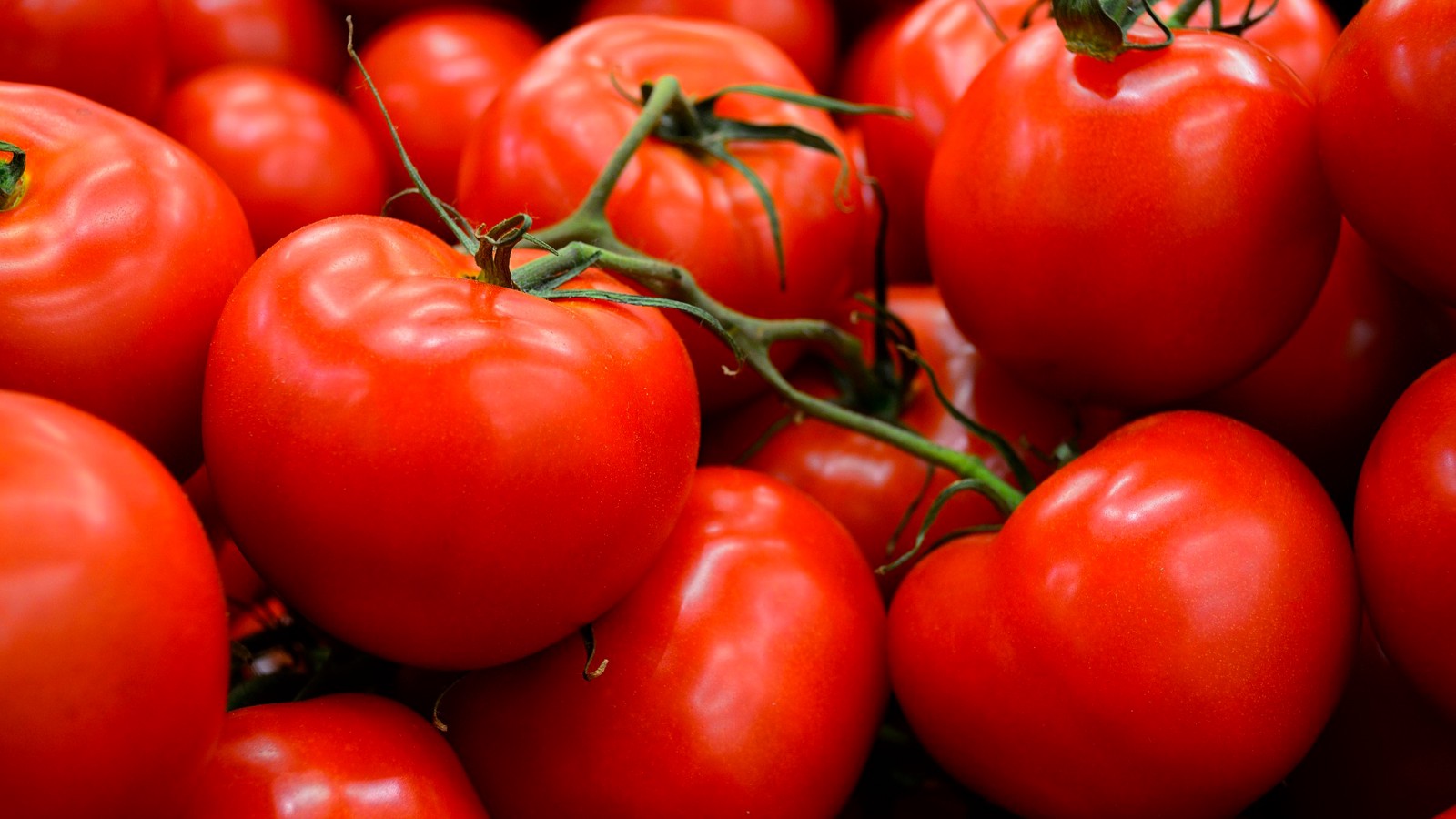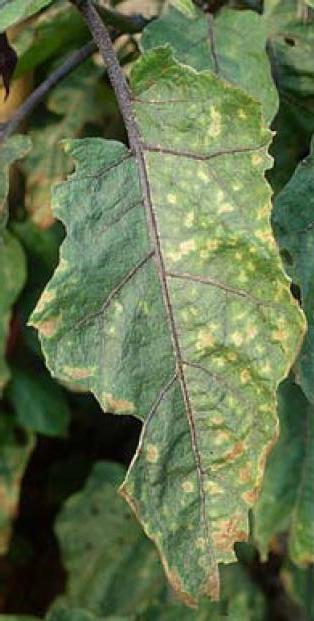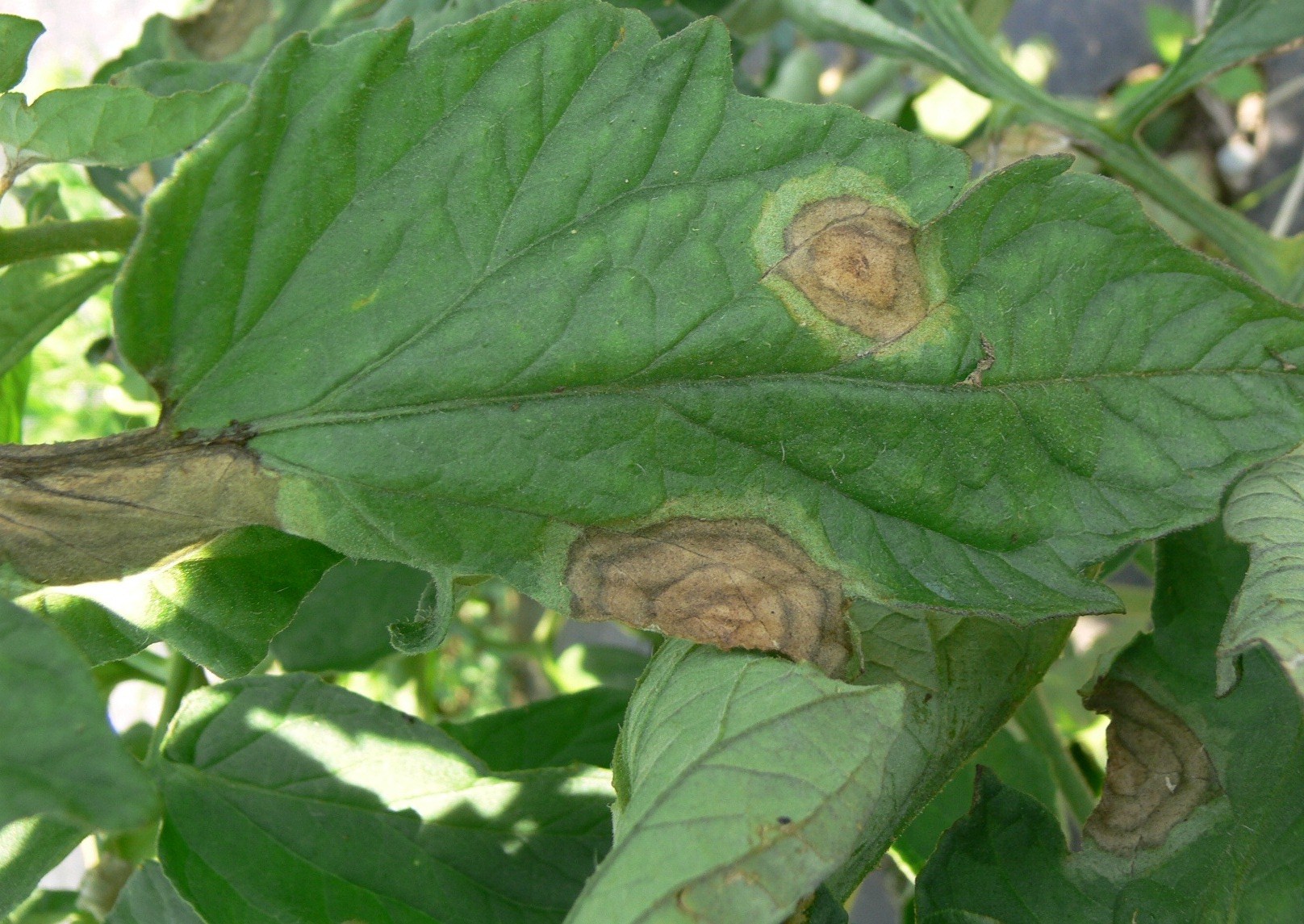Soil Preparation and Sowing Time for Wheat:-
- One summer deep ploughing followed by two or three harrowing with disc or tines and two or three planking should be given to prepare a well pulverized seed bed.
- Suitable time of sowing
- Dryland:- Mid October to first week of November.
- Semi Irrigated:- First fortnightly of November.
- Irrigated :- Second fortnightly of November.
- Irrigated (Late):- Second fortnightly of December.
Like and share with other farmers by clicking on button below
Share








